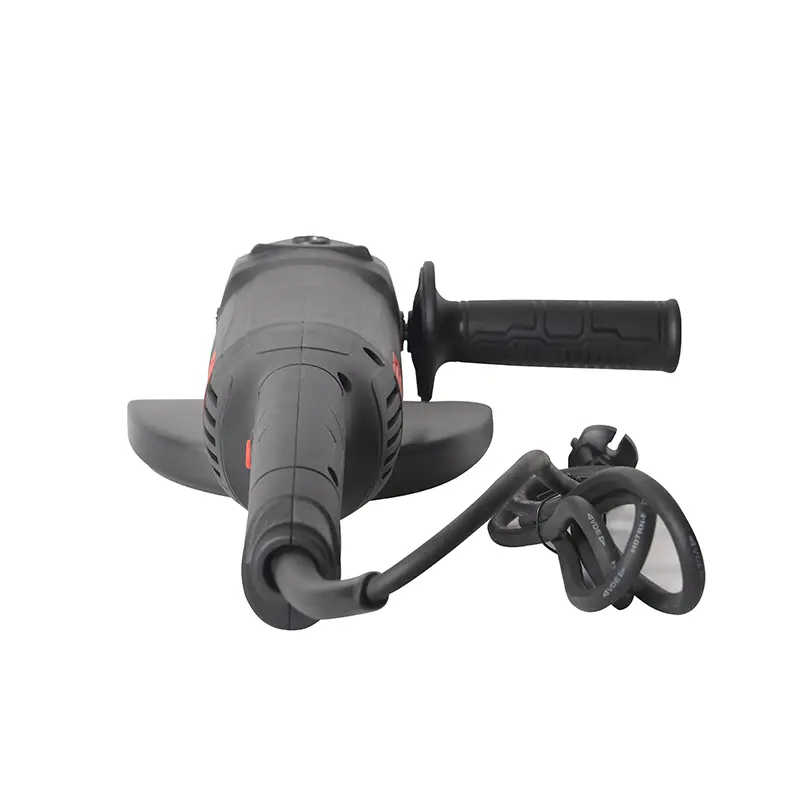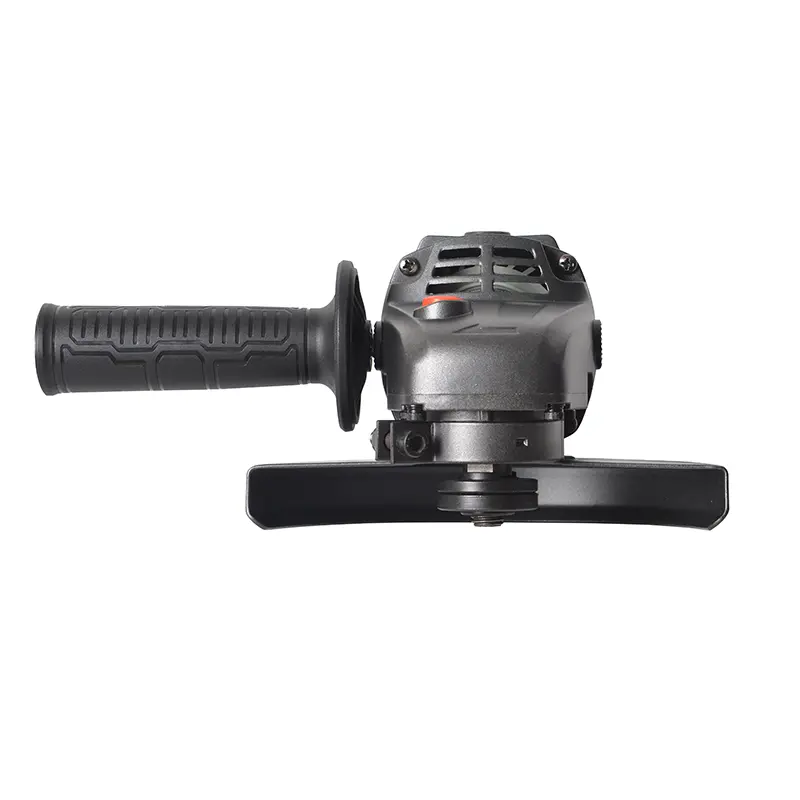During the operation of an Angle grinder, motor burnout and gear teeth breakage are two common failure modes. These malfunctions not only affect the service life of the tools but also may pose safety risks to the operators. Therefore, it is crucial to understand the causes of these malfunctions and take effective preventive measures.
First, the causes and prevention of motor burnout
1.1 Causes of motor burnout
1.1.1 Overload operation
When an Angle grinder works under overload for a long time, the motor current will be too large, which will cause the motor to overheat. The reasons for overloading operation may include:
The workload exceeds the design capacity of the Angle grinder.
The pressure on the diagonal grinding machine of the workpiece is too high, causing the motor to be in a high-load state for a long time.
1.1.2 Carbon brush issues
Carbon brushes are an important component of the motor of an Angle grinder, and their condition directly affects the operating efficiency of the motor. The reasons why carbon brush problems may cause motor burnout include:
The carbon brush is worn too short and the pressure is insufficient, resulting in an increase in contact resistance and overheating of the commutator surface.
The carbon brushes do not meet the specifications or are improperly installed, causing them to jump in the brush slots and generate sparks.
1.1.3 Poor heat dissipation
Poor heat dissipation is another common cause of motor burnout. Possible reasons include:
The motor vent was blocked by dust, resulting in poor heat dissipation.
Excessively high working environment temperature affects the heat dissipation effect of the motor.
1.1.4 Electrical faults
Electrical faults may also cause the motor to burn out. Common electrical faults include
The unstable power supply voltage causes fluctuations in the motor current.
The insulation inside the motor ages or gets damaged, causing a short circuit.
1.2 Preventive Measures for Motor Burnout
1.2.1 Reasonable Use
According to the actual work requirements, select the appropriate Angle grinder to avoid long-term overloading operation.
Avoid continuous use for a long time and allow the motor an appropriate rest period.
1.2.2 Regular inspection and maintenance
Regularly check the wear of carbon brushes and replace those that are severely worn in a timely manner.
Regularly clean the motor vent to ensure good heat dissipation.
Check whether the power cord connection is firm, whether the plug is loose, and whether the switch operates flexibly and reliably.
1.2.3 Environmental Management
Make sure the Angle grinder is used in a well-ventilated environment.
Avoid using the Angle grinder in high-temperature or humid environments.
Second, the causes and prevention of gear teeth breakage
2.1 Reasons for gear teeth breaking
2.1.1 Overload operation
When gears are overloaded, they may break due to being subjected to excessive torque. The reasons for overloading operation may include:
The workload exceeds the design capacity of the Angle grinder.
The pressure on the diagonal grinding machine of the workpiece is too high, causing the gears to bear excessive torque.
2.1.2 Gear quality
The quality of gears directly affects their durability and reliability. The possible reasons for gear teeth breaking may include:
The strength of the gear material is insufficient to withstand the stress during operation.
Insufficient gear processing accuracy leads to poor gear meshing.
2.1.3 Installation issues
The installation accuracy of gears will also affect their operating conditions. Installation issues may cause gear teeth to break, including:
The gears were not installed properly, resulting in poor gear meshing.
The gears were not aligned properly during installation, resulting in abnormal wear during operation.
2.1.4 Insufficient lubrication
Insufficient lubrication will increase the wear of gears, thereby causing tooth breakage. The reasons for insufficient lubrication may include:
Insufficient lubricating oil or deteriorated lubricating oil.
The type of lubricating oil does not meet the requirements.
2.2 Preventive measures for gear teeth breakage
2.2.1 Reasonable Use
According to the actual work requirements, select the appropriate Angle grinder to avoid long-term overloading operation.
Avoid applying excessive pressure to the diagonal grinding machine during operation.
2.2.2 Regular inspection and maintenance
Regularly inspect the wear of gears and replace those that are severely worn in a timely manner.
Regularly check the oil level and quality of the lubricating oil, and replenish or replace it in a timely manner.
2.2.3 Installation and Adjustment
Make sure the gears are installed properly and mesh well.
When installing gears, use professional tools and equipment to ensure installation accuracy.
Third, Summary
Motor burnout and gear teeth breakage of Angle grinders are two common failure modes, and the causes are diverse, including overloading operation, carbon brush problems, poor heat dissipation, electrical faults, gear quality, installation issues and insufficient lubrication, etc. Through reasonable use, regular inspection and maintenance, environmental management, and correct installation and adjustment, the occurrence of these faults can be effectively prevented, the service life of the Angle grinder can be prolonged, and its operational efficiency and safety can be improved.
Post time: Oct-31-2025


